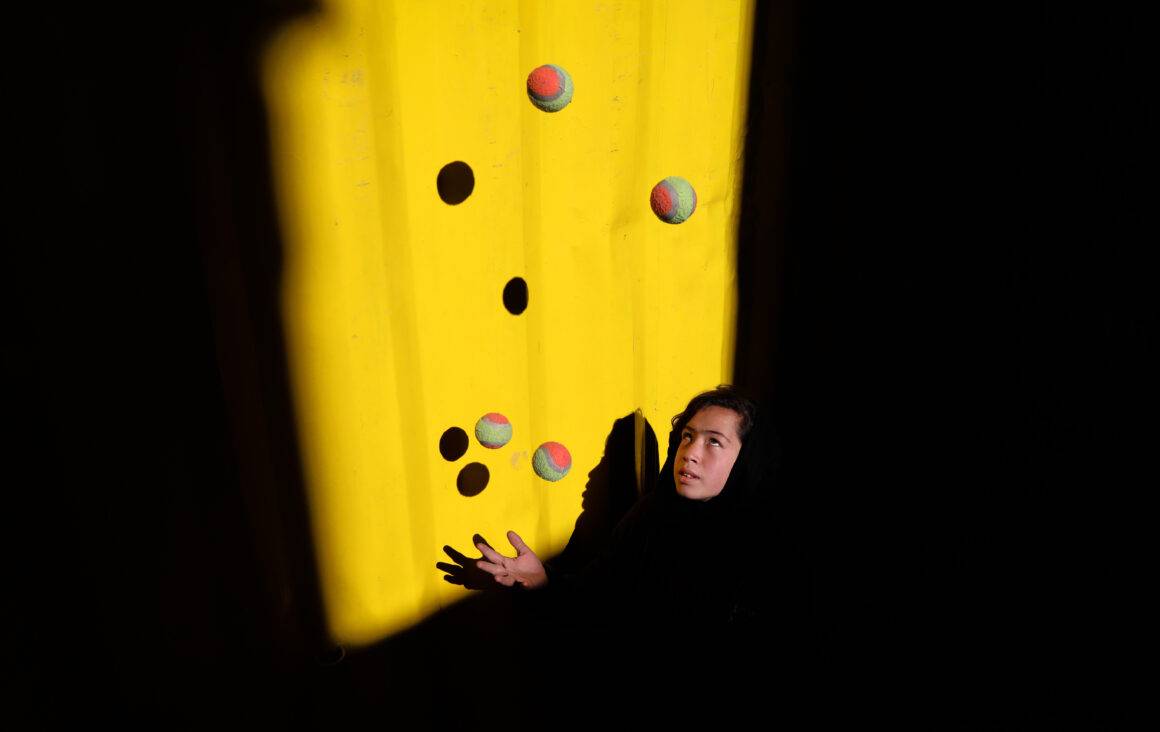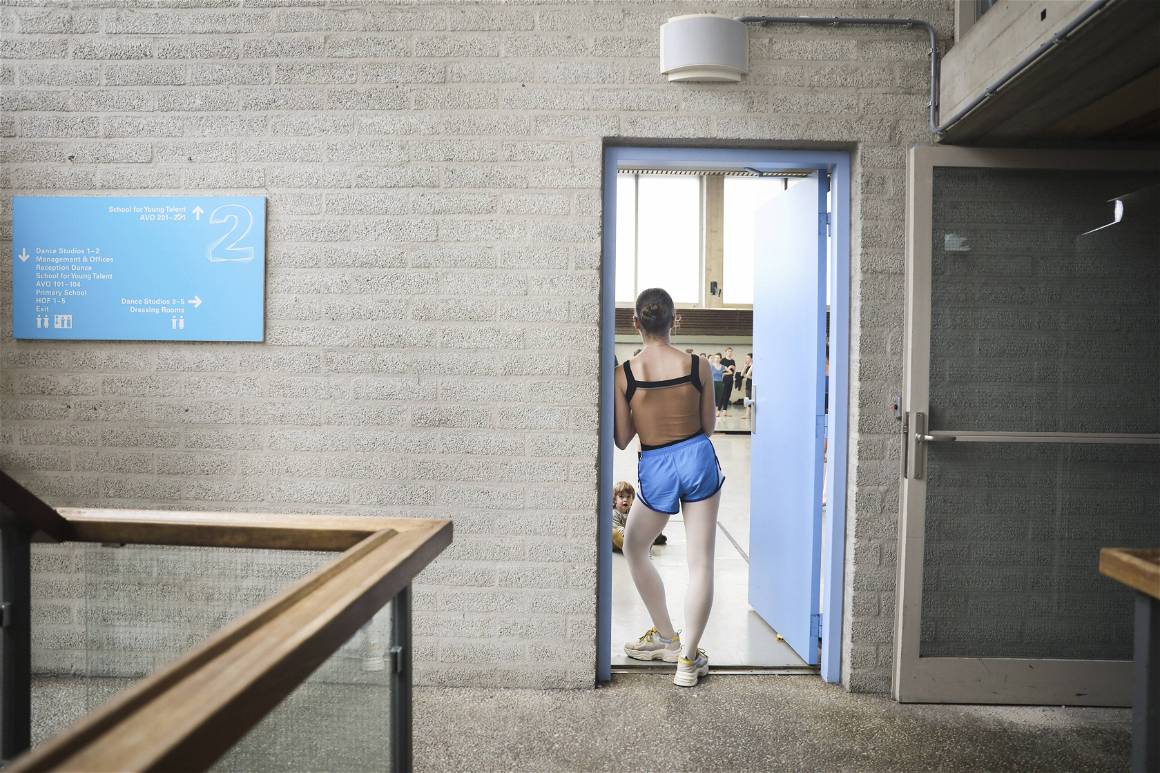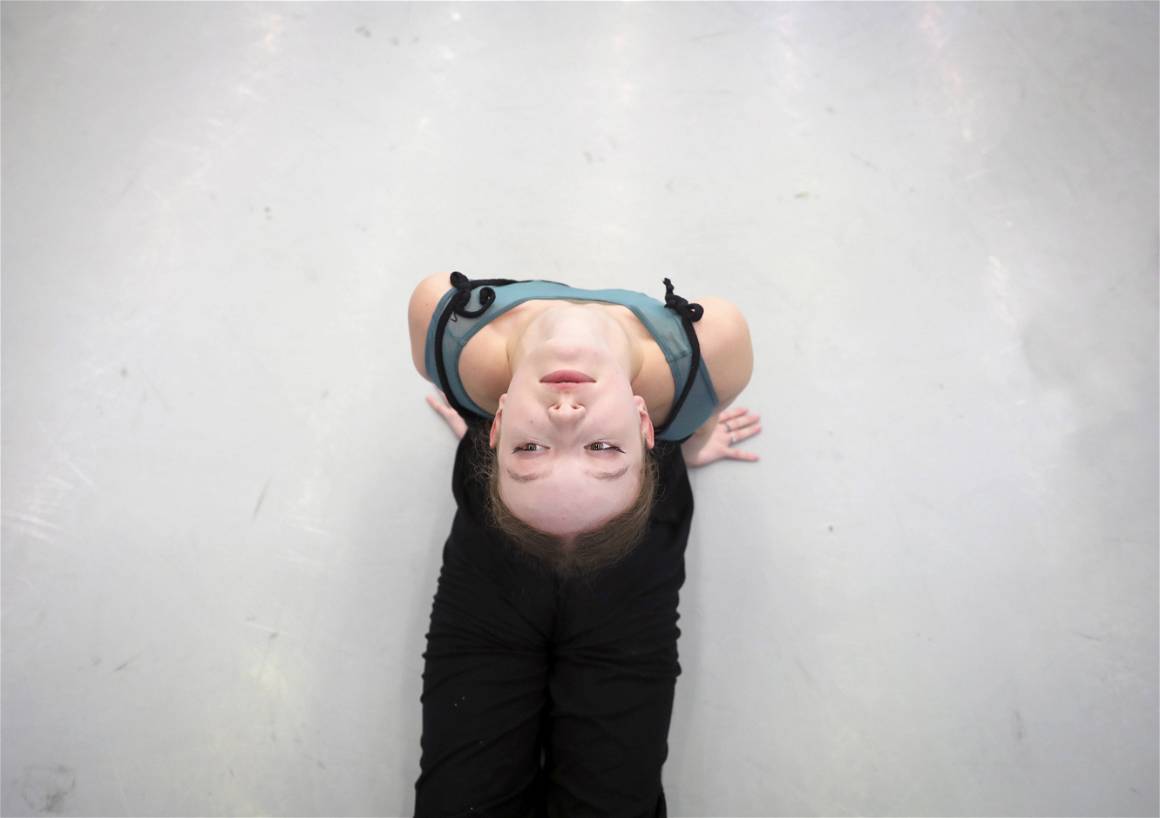Award winning photojournalist Hedayatullah Amid, now with IMAGO partner ANP, was born in Kabul, Afghanistan – he shares his personal account on his evacuation and what Afghanistan faces now one year under Taliban control.

1 year of Taliban – A personal account by Hedayatullah Amid
Hedayatullah Amid has been in love with photography since childhood. At only five years old, the first Taliban regime which lasted from 1995 until 2001 banned photography and visual media. It was only natural that when the first regime fell, Amid immediately jumped back into his passion. Working hard to finish his education and attending a photojournalism course, he made his way towards a career in photo- and video-journalism for national and international agencies. From 2014 he was the senior photojournalist for EPA (European Pressphoto Agency) and became the chief photojournalist in Kabul in early 2021. He has won international prizes, was selected in the Time magazine top 100 photos of the year (2015), and his works have been published in outlets such as The Washington Post, New York Times, The Guardian, UNESCO and more.
Photography for Amid is the ultimate tool, especially with the high illiteracy rates in Afghanistan combined with the lack of access into Afghanistan for the international community. Now with a foothold in the Netherlands after a grueling journey out of Afghanistan as it fell to the Taliban again last summer, he is excited to expand his career in Europe where he has already worked on assignments such as documenting Ukrainian ballet dancers in exile for ANP, while his torch still burns for Afghanistan and those he had to say goodbye to. Now one year since the Taliban took back his country, Amid shares his personal account on his evacuation and what Afghanistan faces now.
See our Afghanistan series for more stories.
“Photography has a significant role in society. People react to photographs. They believe and trust something they can see themselves. Photography gives the power of decision-making and judgement to people. They can interpret and describe a scene on their own rather than someone else describing it for them.” – Hedayatullah Amid.

In 2021 I went to cover the Olympic Games in Tokyo – I flew out of Kabul on July 19 and was busy photographing while a province in Afghanistan was falling to the Taliban every day. I had to call my family and loved ones in order to get an update about their safety and security. On August 13, I returned back to Kabul and by the time my plane landed, almost 80 percent of Afghan soil was conquered by the Taliban. Only the capital was left. Fear and horror had already affected everybody and I could read it in the face of every fellow photographer and media personnel. Especially those of us who had worked for foreign media, we understood the Taliban’s stance on journalists.
Two days after my arrival, Kabul had also fallen and a flood of Taliban fighters with machine guns, tanks and motorbikes entered the city. Traffic was jammed; people had left their cars in the middle of the road and skipped town. My family was worried and kept telling me to not go out and take photos because the Taliban would immediately consider me as an enemy of the religion as soon as they saw my camera, and could arrest or shoot me. Just three days ago I had been in Japan, the most peaceful place on the planet and suddenly I felt I had landed amongst zombies. The only priority for me was my family and my own safety. Now, the only safe place was the Kabul airport and I tried to seek help by contacting some media support agencies.
The situation both in the city and all around the airport was getting chaotic and complicated hour by hour. There were horrendous scenes of young men desperately trying to flee, clinging to the departing US evacuation planes and falling to their deaths, or thousands of panicking Afghans storming the airport.
As an Afghan photojournalist who had grown up in this city and witnessed a myriad of difficult days over the years, this felt truly different.
“Photography gives me joy, as I record a moment of history that has been crucial for my country and people. Due to the current conflict and war in Afghanistan, media agencies and international news networks have limited access to areas within Afghanistan. However as an Afghan, knowing most parts of my country, its official languages, and having many contacts nationally and internationally, I have had a more active role in portraying the image of Afghanistan for the world.”

Usually, I observe scenes with a certain distance through my lenses, analyse which perspective and angle could be the best to tell a story. Since the Taliban took over my city, I wanted to roam the streets, capture the scenes and changes. Simultaneously, many Afghan journalist colleagues had already been evacuated, others had been arrested, so I tried to keep a low profile and avoid spending too much time in the streets.
In the end I got several calls from different organisations to be ready to evacuate, but there was no guarantee since the Taliban controlled and blocked the entry roads to the airport. They flogged women, beat men and children, and thousands of desperate Afghans obstructed the gates. I finally got the green light to proceed to the airport and was promised to be on one of the next evacuation flights. Imagine getting a phone call to be ready in 15 minutes to pack what is most important to you in a maximum 8kg bag. What would you pack? I took my cameras, hard disks with all my photos and laptop although many had recommended not to carry anything suggesting that I was a journalist while passing the Taliban.
It turned out to be impossible and with a heavy heart, I returned back home not knowing if another evacuation would be more successful. The next day I tried it again, with a different entry gate. Again, random Taliban checkpoints rejecting people, checking phones for contacts with foreigners. I finally reached the gate after another day and a half of pushing my way forward. There were US soldiers throwing tear gas trying to control the gate area, and Taliban firing randomly into the air and at people throughout the night — it was absolute hell, and I have witnessed horrible scenes in my many years as a photojournalist. I had landed at this airport only a few days before, which already felt like a completely different era.


Finally, and thankfully, I made it onto an evacuation flight along with my family. It took us to Spain and after a few months we were further evacuated to the Netherlands where I spent the first months in different refugee camps. I eventually moved into a space for myself in Vlaardingen, near Rotterdam in the Spring. Four days after we left the airport, there were three consecutive suicide attacks outside the Kabul airport gate, killing over 200 people and injuring hundreds more.
The last year was enormously challenging since I still have many relatives in Afghanistan who suffer from insecurity, increase of prices, closed schools, loss of jobs and the general aggravating situation. On top of that, so many Afghan journalist colleagues have been tortured by the Taliban and have disappeared. Over 67 percent of all Afghan media closed during the last year alone and female voices were especially brutally silenced.
Women who were working with Afghanistan National TV were all dismissed and banned forever. A number of female anchors and journalists who work for private media outlets are forced to be covered. Women without male accompaniment are banned to travel even in a taxi. I was lucky to leave the country by plane and to now live somewhere safe, while millions of other Afghans fled to neighbouring Iran and Pakistan and now live in fear and uncertainty.



I think it will take a few more years to see the impact of what happened during the weeks of August 2021. Already after one year with the Taliban ruling the country the poverty rates have spiked, the maternal and child mortality rates rose to an unknown height and many people started to sell their kidneys or even children out of desperation to be able to buy groceries. Afghanistan became the only country in the world banning girls from getting secondary or advanced (university) education and most women, half of the Afghan population, weren’t allowed to return to their workplaces anymore. This destroyed all the plans, hopes and aspirations thousands of us (young) Afghans had for our country.
Afghanistan has a very young population and the median age is around 18 years old and around 46 percent of all Afghans are below 15, so many had never lived under the first Taliban regime. Especially in cities, enormous developments had happened, literacy, school and university attendance rates were rising, especially in girls and women. A lot of infrastructure was rebuilt, many businesses were created, many important discussions happened regarding how we wanted to live in Afghanistan and how to shape our society.
Please don’t forget Afghanistan and its journalists, activists and artists. Please help amplify their voices and publish their works, even anonymously. It is crucial.






Hedayatullah Amid for IMAGO / ANP :





